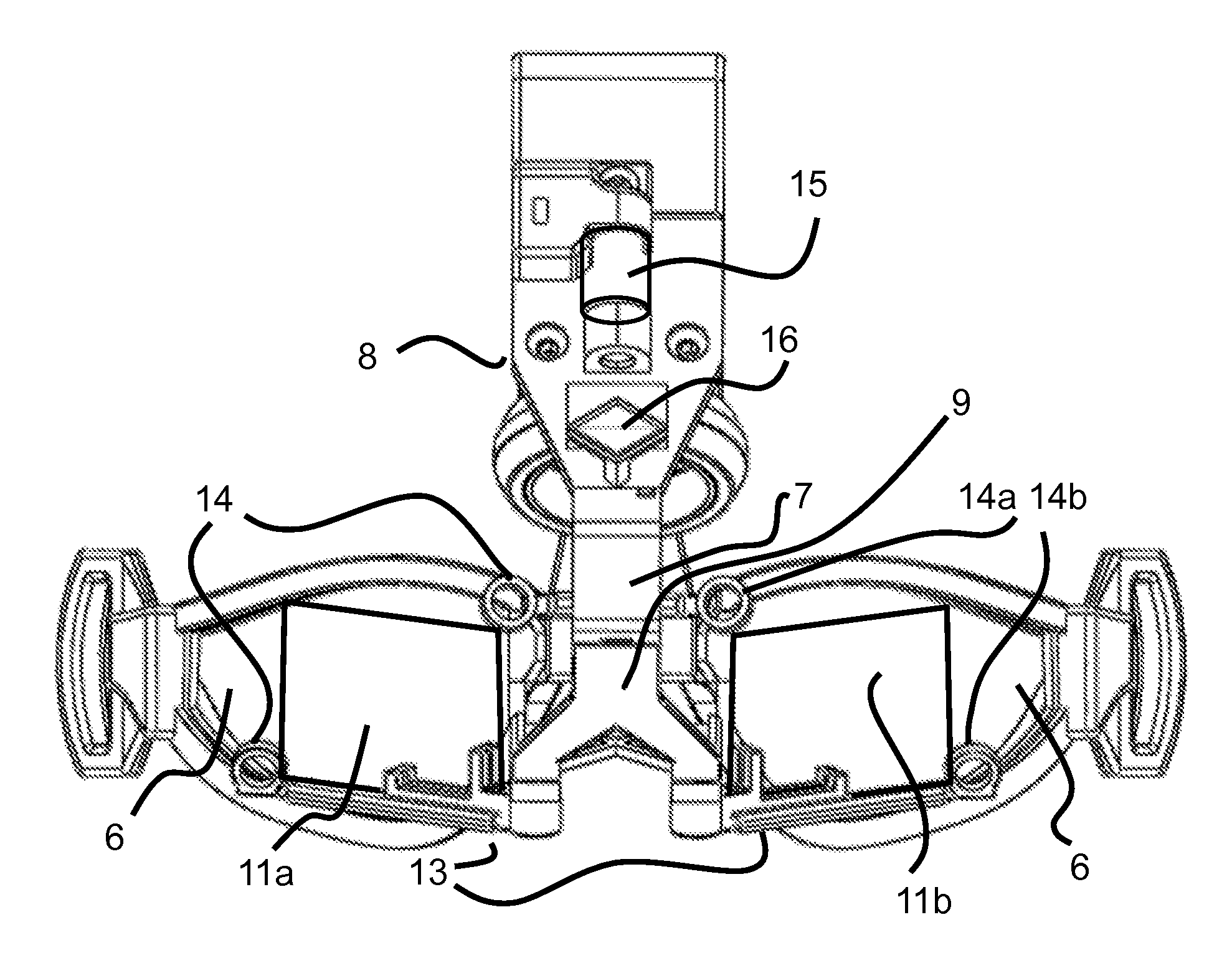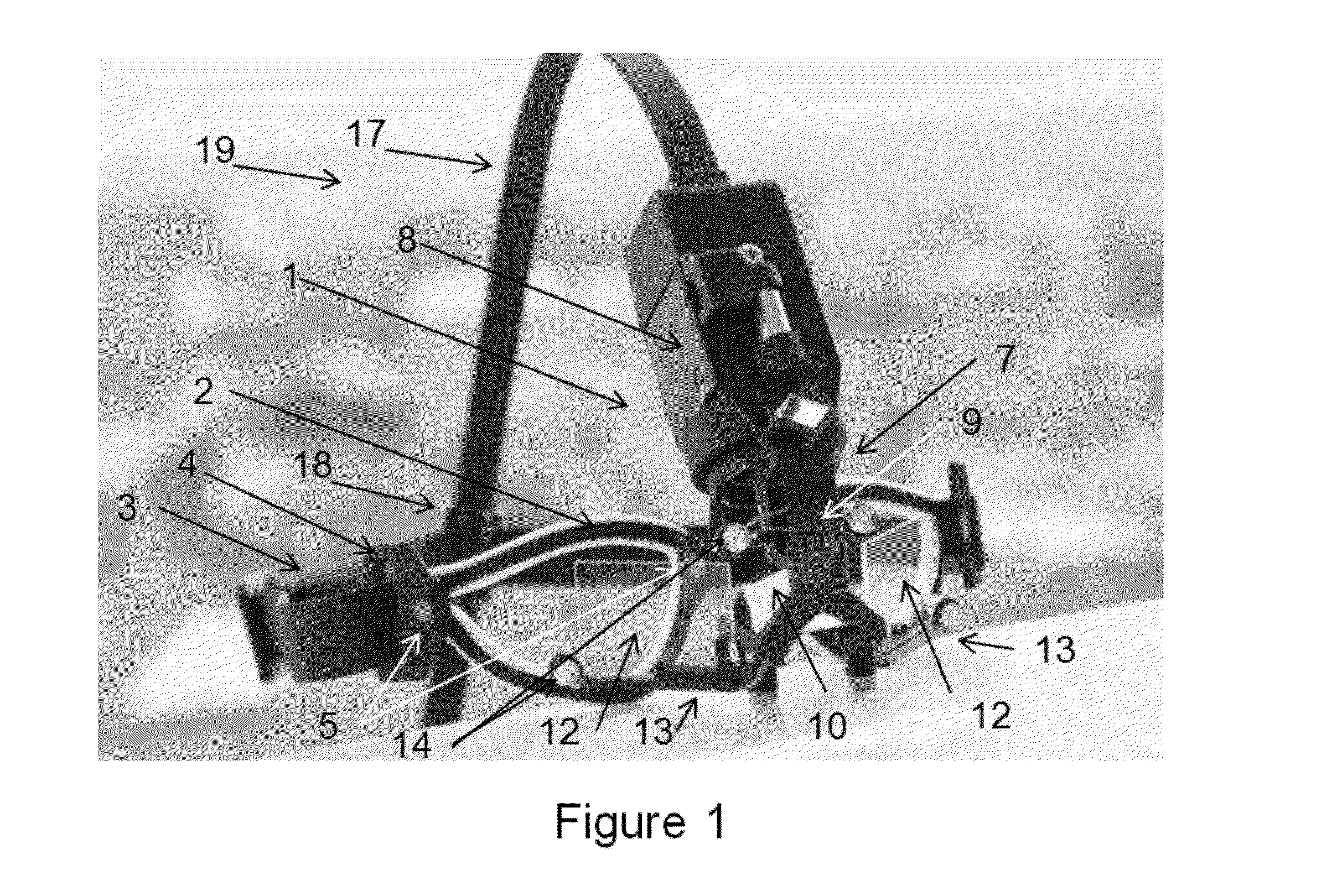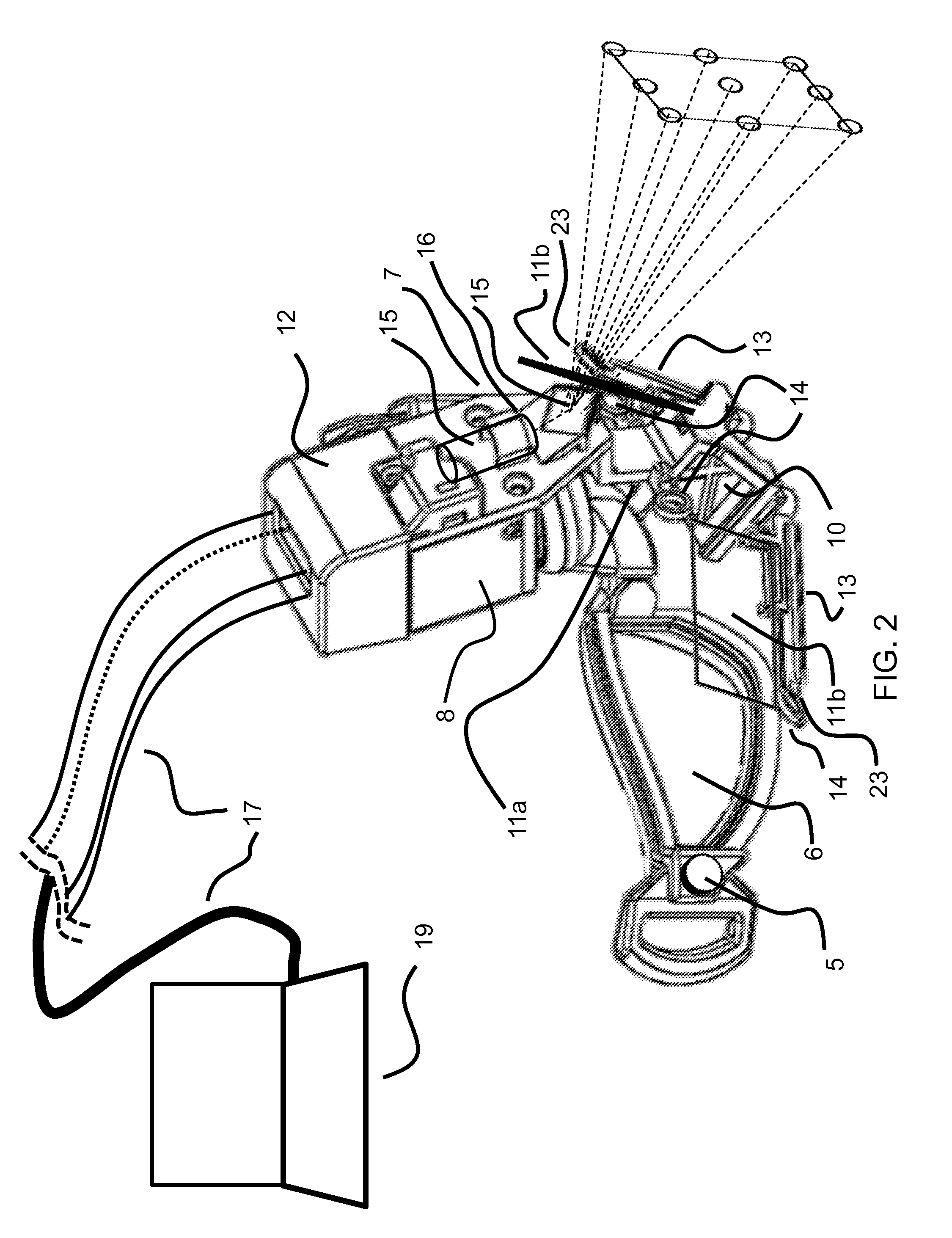Efficiently and accurately evaluating vestibular function in individuals with spontaneous or post-traumatic vertigo and disequilibrium is a major challenge for clinicians in both military and civilian settings.
While a careful history and
physical exam can often distinguish
peripheral vestibular disorders due to
inner ear dysfunction from central disorders that may be life-threatening and require more
intensive care, dizzy patients are frequently misdiagnosed and inappropriately treated despite undergoing expensive tests.
Both in civilian settings and in military field hospitals, this problem is compounded by a relative lack of clinician training with regard to efficient diagnosis of
inner ear disorders.
As a result, many of the over 4 million
emergency department and acute care visits for vertigo or dizziness in the US each year, which in aggregate cost over $4 billion annually, result in misdiagnosis.
In contrast, patients with dangerous
brainstem or cerebellar strokes may be sent home without appropriate treatment.
Like other causes of vertigo, mild
traumatic brain injury (mTBI) due to closed
head trauma and concussive injury is a common, vexing and costly diagnostic challenge.
With over 8 million individuals suffering head injuries in the United States annually, over 400 K / yr of them hospitalized, 80% of those meeting criteria for mTBI, and the majority of that subset complaining of nonspecific dizziness, disequilibrium and disorientation that can mimic a
peripheral vestibular disorder, the need for accurate quantification of vestibular function after
head trauma is large and largely unmet by currently available technologies in military theater and in
community hospital settings.
A majority of otolaryngologists, neurologists and emergency physicians consider diagnosis and treatment of vestibular disorders to be confusing and frustrating.
In part, this situation stems from continued reliance on old and nonspecific diagnostic technologies.
However, caloric ENG has significant disadvantages: (1) it only tests the function of the two horizontal semicircular canals and tells nothing about the four other canals; (2) it probes
inner ear function with a −0.01 Hz stimulus that is almost completely irrelevant to the normal
physiology of the labyrinth and VOR, which mainly evolved to stabilize the eyes during quick, high-acceleration
head movements with most spectral energy around 0.1-40 Hz; (3) it is time-consuming (a typical ENG appointment takes 60 minutes); (4) it is unpleasant for the patient, due to the vertigo and
nausea it elicits; (5) its
eye movement measurement technique (electro-oculography, EOG) is imprecise, essentially limited to 1-dimensional (1D) horizontal movements and subject to
noise and drift that mandate use of filters that limit
temporal resolution; and (6) it tells nothing about the status of the utricle and
saccule.
Because of the high torques required to move an
entire human body, rotary chairs are expensive and large, requiring such a large commitment of capital (˜$250 K), floor space (−100 sf) and dedicated staff (˜$30-40 K / year for salary and fringe) that very few physician offices and only a small minority of hospitals have installed one.
The vast majority of rotary chairs in current clinical use have insufficient torque to move the
whole body at more than ˜1 Hz, so they fail to probe VOR function in the higher frequency range most relevant to normal VOR function and are incapable of identifying which labyrinth is abnormal in patients with mild unilateral deficits such as might occur in mTBI.
Moreover, like caloric ENG, rotary chairs typically only test horizontal canal function, because they are limited to rotating about an Earth-
vertical axis.
However, although it has long been used in research laboratories, it is impractical for routine clinical use, because it is uncomfortable for patients and requires expensive equipment and
highly skilled examiners.
One drawback of the HIT is that when performing it as a simple
physical exam maneuver without a means of high-speed
eye movement measurement, even highly experience clinicians are prone to missing the subtle eye movements that signify a vestibular deficit.
This is especially problematic in patients with incomplete or long-standing deficits.
Scleral coils have been used to overcome this drawback in research labs, but adoption of this complex and uncomfortable technique in routine clinical practice is unlikely.
Despite the clear advantages of existing vHIT systems over the older technologies they are rapidly replacing, they too suffer from significant disadvantages.
Like the systems upon which these products are based, other existing systems have multiple drawbacks including: (1) both are limited to 2D rotation measurements (horizontal and
pitch).
The InterAcoustics
system offers a dual camera version for a significantly higher price, but it requires two computers and two communication cables to run, and the resulting data are acquired asynchronously, making
data analysis more noisy and error-prone because signals from the two separate cameras must be either synchronized via a triggered acquisition mode or interpolated in time to a common time base—a procedure that loses information,
temporal resolution and accuracy; (3) neither
system can be used to measure purely vestibular reflexes (i.e., responses to
head rotation without the contribution of vision) unless the patient is in a completely darkened room or has an opaque bag drawn over his head.
This makes test administration cumbersome and limits ability to situate the device in a clinic room that is not specifically dedicated and completely dark; (4) both systems have low spatial resolution, which translates to relatively high quantization
noise in
eye movement velocity data.
However, Bartomeu's
single camera system, because it does not acquire images in which each eye's
horizontal axis is parallel to either a row or column of the camera's
image sensor, suffers from the significant
disadvantage of requiring a computationally intensive and inherently information-losing mathematical reorientation of the image into the eye's coordinate system before reporting eye movement results.
This significantly prolongs
computational analysis time for each image, slowing the sample rate achieved with such a system.
Because each camera in these 2CBVOG systems requires its own
communication interface to a controlling computer, such 2CBVOG systems typically require at least two communication cables, further increasing the
mass and
moment of inertia of such devices and incurring
information transmission inefficiency because the host computer must frequently switch between two different
data input streams while communicating with the two cameras.
This
information transmission inefficiency results in slower
data acquisition rates and higher
data acquisition latencies, consequently reducing ability to accurately measure the quick or high-acceleration eye movements that are especially important to investigators and clinicians seeking to discern the status of a patient or test subject's vestibular, neurologic and oculomotor function.
In addition to
information transmission inefficiency, 2CBVOG systems suffer reduced performance due to asynchrony between the two cameras' shutters.
Triggering acquisition using a master trigger to control the two cameras and enforce simultaneous closure of their shutters results in greater synchrony but comes at the cost of slower acquisition frame rates compared to the self-triggered, free-run mode in which the camera acquires images at its maximum possible rate.
Temporal interpolation invariably incurs a loss of information due to the need to estimate rather than directly measure the
eye position at a given moment in time.
 Login to View More
Login to View More  Login to View More
Login to View More 


